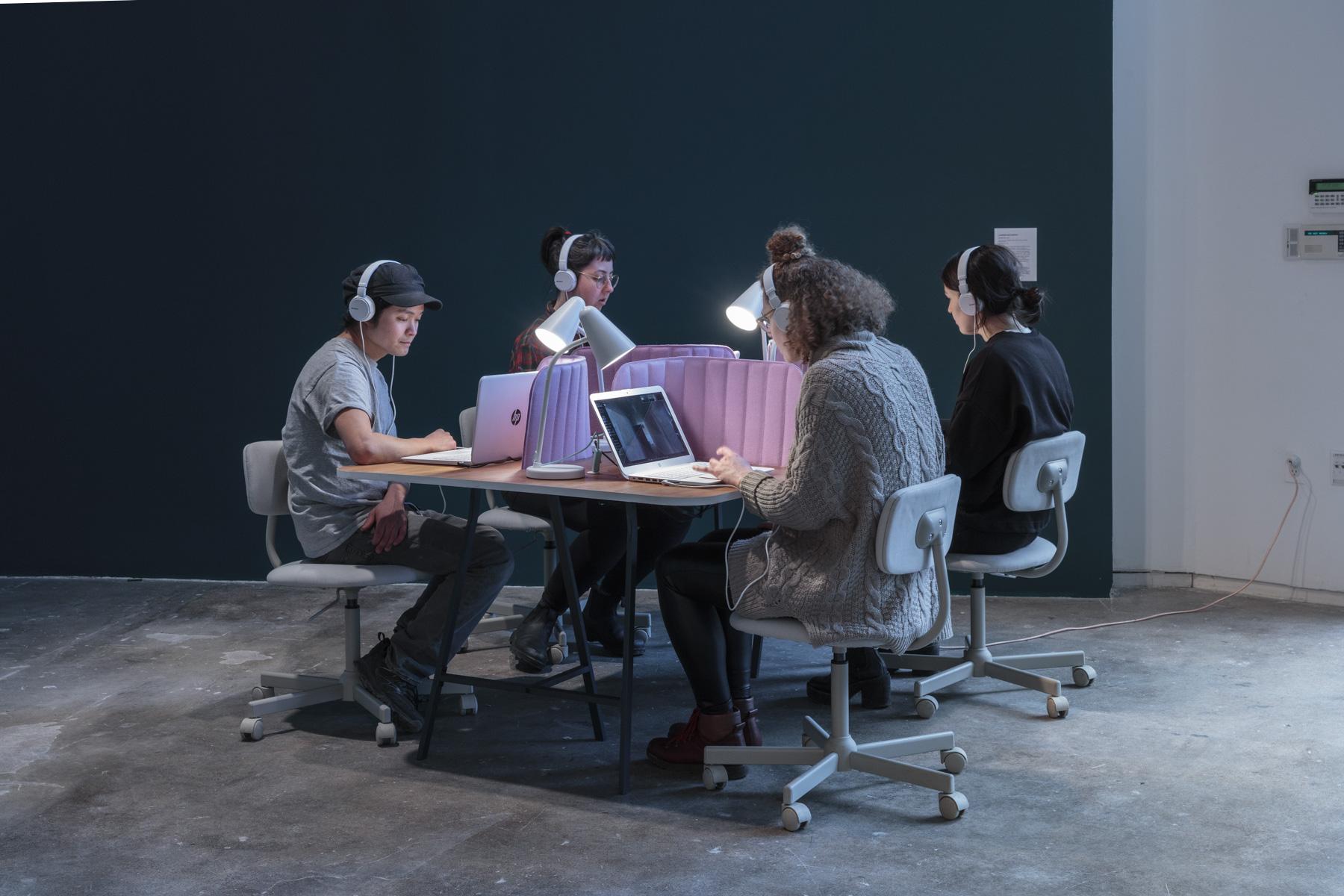By Annette Risberg and Laurence Romani
◦ 2 min read ◦
Labor integration of migrants is a topic frequently on the public and political agendas, as it is increasingly seen as the first step to successful societal integration. Often the light is turned on the migrants and what they need to change and improve to get a job. They are expected to make themselves employable by learning the local language, by adapting to local ways of applying for jobs, and by adding local skills to their existing competencies. So, it seems, the moment migrants show some form of adaptation, they should do fine on the job market. But do they?
Why do organizations under-employ highly-skilled migrants?
Well, maybe there is more to it. Highly-skilled migrants are often underemployed. This means they get jobs below their qualification level. We have all heard of the medical doctor driving a taxi. But who asks ‘why does a taxi company hire a medical doctor as a driver’? In a recent study, we decided to turn the light on the employers, the hiring organizations, instead of the migrants. We searched for an answer to the question of why organizations under-employ highly-skilled migrants.
We followed a mentor program aiming to integrate highly-skilled migrants in the labor market through mentorship and internship. In this program, support was given to migrants to learn the rules of the Swedish employment game, how to write a strong CV, cover letters, the importance of networks, for example. In our interviews, we talked to both mentors and mentees (migrants). They told us about arguments used in organizations to explain (or shall we say justify?) the under-employment of highly-skilled migrants.
Alleged risk, but for whom?
They said that migrants are often described as lacking local job-seeking skills, how to write a CV, how to present oneself in the application letter, how to get in contact with a potential employer. At times, they may lack local language skills too. Yet, these skills were precisely what they acquired in the program (and in internships) and many of the migrants we interviewed possessed those skills, yet, remained unemployed. More interestingly, we got to hear that the highly-skilled migrants were also talked about in terms of bringing with them the unknown and the unfamiliar: unknown diplomas, unfamiliar job references, unfamiliar working cultures, and habits, for example. And, interestingly, in the interviews, this unknown was associated with a risk… but a risk of what? And, a risk for whom?
Keeping migrants in a lower symbolic position to maintain the power of ‘normality’.
Using the relational theory of risk, a theory where risk is seen as socially constructed, we realized two things. First, if people talked about risk, it was because they felt that something that they value was being threatened. We found that they valued their usual (habitual) ways of doing things, the organizational normality, more than the new skills and experiences the skilled migrants could bring to the organization.
Hence, highly-skilled migrants were perceived to be a risk to the valued organizational normality and kept away from employment, to avoid disruption of this normality.
Second, if employed, they were hired at a level that did not allow them to fully contribute to the organization, at a level that indicated: your skills are not valued here, they are not to be considered, they are not to transform our usual way of doing things.
These findings point to an organizational ground for the underemployment of migrants, independent from migrants’ skills and adaptation efforts. In simple terms, organizations may have an interest in under-employing migrants: they assure that their ‘normal’ way of working is not changed, that they are not challenged in their comfortable, everyday routines. The organization’s interest in under-employing migrants goes beyond having a (cheap) skilled workforce without recognizing its value, it is also to clearly indicate that ‘the way we do things around here is valued and we don’t want to question it’.
Who should be seen as a risk? The migrants or the organizations?
In a nutshell, we got to hear that migrants are presented by some as being a risk. But, frankly, a risk for whom? For those comfortably installed in their routines? How about we turn things around and consider that those organizations, not the migrants, should be seen as a risk.
Indeed, by stopping the integration of highly-skilled migrants, are those organizations not a risk to a sustainable society and the (labor) integration of the migrants we welcomed?
The good news is that often, this comfort of the ‘normality’ is not so difficult to change. Organizations’ routines are constantly in the making and it is actually beneficial to challenge and change them from time to time to continuously adapt to the organization’s changing environment. So, the next time you hear that it is ‘normal’ to expect a local degree for this position, ask yourself: who really benefit from this ‘normal’? And, who should be seen as a threat here?
Further reading
Risberg & Romani (forthcoming) “Underemploying highly skilled migrants: An organizational logic protecting corporate ‘normality”. Human Relations.
About the Authors
Annette Risberg is a Professor of Diversity Management at Copenhagen Business School and Professor of Organization and Management at the Inland Norway University of Applied Sciences. Her research focus is on practices of diversity management in general and the inclusion of immigrants in organizations. Her latest co-edited book is The Routledge Companion to Organizational Diversity Research Methods and Diversity in Organizations.
Laurence Romani is an Associate Professor at the Stockholm School of Economics. Her work focuses on representation and interaction with the cultural Other in respectful and enriching ways. She currently investigates the conditions of integration of the perceived cultural Others (e.g. ethnic minorities, migrants) in the Swedish labor market. She critically studies race, gender and class hierarchies in organizations’ work with cultural diversity.


